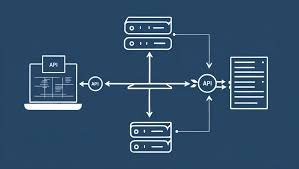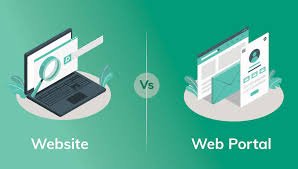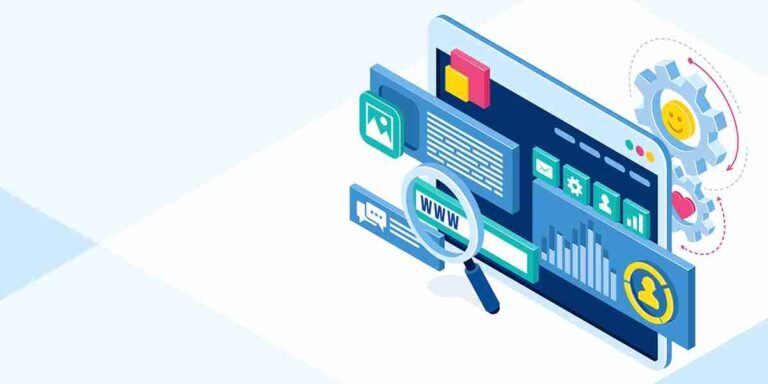How to Enhance Website Security with PHP Development

In today’s digital world, website security is a top priority for developers, especially for PHP-based websites. At Mountain Techo System, we believe in implementing robust security measures during PHP development to safeguard your site against various threats like SQL injection, cross-site scripting (XSS), and data breaches. In this guide, we will walk you through effective strategies and best practices to enhance the security of your PHP-based website.
Website security is crucial for protecting sensitive user data, maintaining trust, and avoiding legal and financial repercussions. With the increasing frequency of cyberattacks, PHP developers must prioritize secure coding practices to safeguard their applications. At Mountain Techo System, we recognize the significance of securing your PHP website and have compiled essential tips to ensure your site is protected from common vulnerabilities.
Why Website Security Matters:
A secure website ensures that user data is safe, prevents unauthorized access, and minimizes the risk of cyberattacks. For PHP developers, this means taking proactive steps to mitigate threats and vulnerabilities within your website code. By securing your PHP application, you protect both your users and your business reputation.
PHP Development Best Practices for Enhancing Website Security:
- Use Secure PHP Versions
- Always use the latest stable version of PHP to ensure your website benefits from the most up-to-date security patches. Older versions of PHP are often vulnerable to known exploits that are fixed in newer releases.
- Validate User Inputs
- One of the most common ways attackers exploit PHP websites is through unsanitized user inputs. Always validate and sanitize data received from users to prevent SQL injection, XSS, and other input-based attacks. Use PHP’s built-in functions like
filter_var()andhtmlspecialchars()to sanitize input and ensure it meets expected formats. - Use Prepared Statements for Database Queries
- SQL injection is a major security risk for websites that rely on databases. Prevent this by using prepared statements with PDO (PHP Data Objects) or MySQLi. These statements automatically handle user inputs safely, preventing attackers from injecting malicious SQL code into your queries.
- Implement Proper Session Management
- Sessions are often targeted by attackers to hijack user accounts. Always use
session_start()securely, regenerate session IDs after login, and implement secure cookie flags (HttpOnly,Secure) to prevent session fixation attacks. Additionally, use a strong session timeout policy to automatically log out inactive users. - Use HTTPS with SSL/TLS Encryption
- Secure Socket Layer (SSL) and Transport Layer Security (TLS) encryption ensure that all data transferred between the server and the client is encrypted, protecting it from eavesdropping and man-in-the-middle attacks. Always use HTTPS by installing an SSL certificate and enforcing its use through HTTP Strict Transport Security (HSTS).
- Implement CSRF Protection
- Cross-Site Request Forgery (CSRF) attacks trick authenticated users into performing actions they didn’t intend to. To prevent this, implement CSRF tokens in forms. These unique tokens are verified on the server side to ensure that requests originate from your website and not from malicious sources.
- Limit File Upload Permissions
- Allowing users to upload files can expose your website to vulnerabilities if not handled properly. Ensure that only specific file types (e.g., images, PDFs) are allowed, and avoid executing any uploaded files by limiting their permissions. Use file validation and limit the file upload size to minimize risks.
- Enforce Strong Password Policies
- Weak passwords are a common attack vector for hackers. Implement password complexity requirements (e.g., at least 8 characters, a mix of letters and numbers, and special characters) to encourage strong passwords. Additionally, consider using multi-factor authentication (MFA) for an extra layer of security.
- Keep Third-Party Libraries Updated
- Many PHP websites rely on third-party libraries and frameworks, which can introduce vulnerabilities if not kept up-to-date. Regularly check for updates and patches for these libraries, and use Composer’s version control to manage dependencies securely.
- Monitor and Log Activity
- Regularly monitor server logs and PHP error logs for unusual activity or potential security breaches. Implement logging of user actions and events, and ensure that log files are stored securely. This allows you to detect potential threats early and take corrective action.
- Use Web Application Firewalls (WAF)
- A Web Application Firewall (WAF) can help block malicious traffic and attacks before they reach your application. It acts as a barrier between your website and the internet, preventing SQL injection, XSS, and other common threats.
- Implement Role-Based Access Control (RBAC)
- Limit access to sensitive areas of your website by implementing role-based access control (RBAC). Ensure that users have the appropriate permissions for their roles and restrict administrative access to authorized individuals only.
Benefits of Enhancing PHP Website Security:
- Protection Against Cyberattacks: Implementing security best practices significantly reduces the risk of attacks such as SQL injection, XSS, and brute-force login attempts.
- Data Integrity: Ensure that user data, including personal information and payment details, is kept secure, preventing data breaches and fraud.
- Reputation and Trust: A secure website builds trust with your customers, assuring them that their data is safe and protected.
- Legal Compliance: Strong security measures ensure compliance with data protection regulations such as GDPR, reducing the risk of legal issues.
At Mountain Techo System, we prioritize secure PHP development to ensure that our clients’ websites are not only functional but also resistant to potential security threats. By following these best practices, you can safeguard your PHP website against vulnerabilities and maintain a secure environment for your users.














